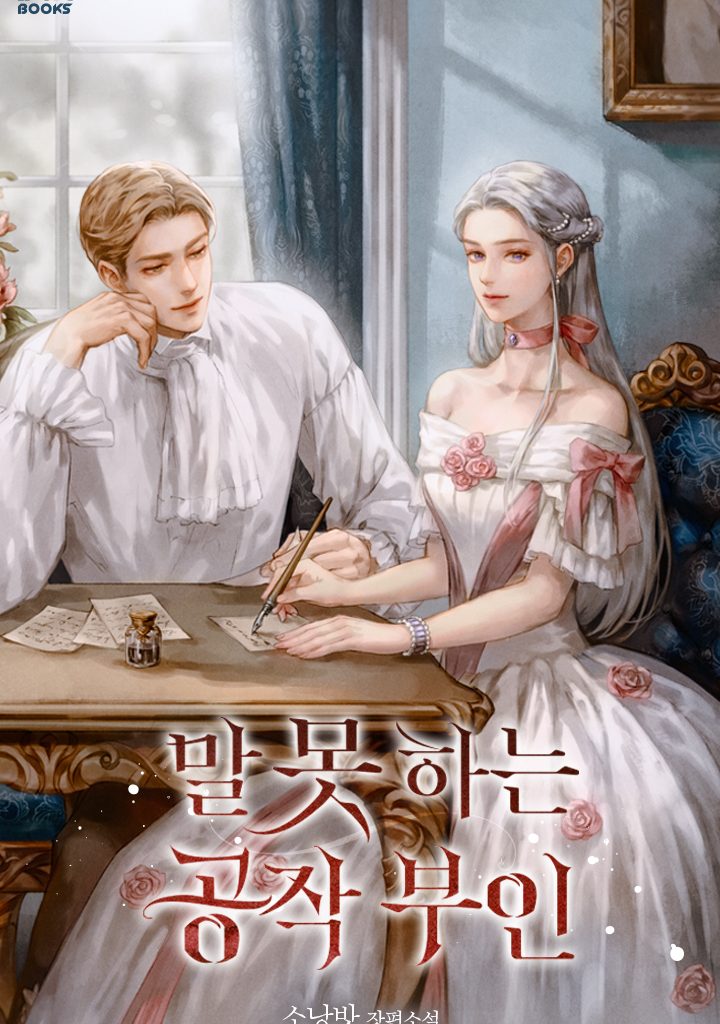At the End of the Hidden Greenery - Chapter 0.3
[Children of Ellandos (2)]
Typically, when they are first born, they appear as seven-year-old children. However, driven by the desire to develop adult bodies that can seduce the manifestations, they grow into adult forms within a year.
The stronger their magical abilities, the more developed they are at birth. Being a group that worships the white tree Ellandos, they tend to favor the color white.
Newly born children of Ellandos dye their bodies completely white but gradually adapt their colors to suit their environment. Before their preferences are fully formed, their basic appearances often feature white hair and pale eyes.
While they tend to reject other groups, the siblings have a strong bond with one another. This camaraderie stems from their shared goal of eventually seducing female manifestations, having lived together for a long time.
The eldest brother, typically a wizard, is held in high regard. However, as siblings do, they also engage in playful bickering.
On average, about thirty are born from a single Ellandos. Given their nature to reject outsiders, if the number exceeds thirty, conflicts among siblings can arise, so they instinctively manage their population.
While it is rare, there are instances where a group can consist of over fifty individuals or, conversely, fewer than five. The nature of the continent makes survival significantly harder without forming groups.
Occasionally, smaller groups may wander and get absorbed by other factions, but this only occurs with the consent of the female form. Groups without females do not accept other factions.
* * *
[Manifestation of Ellandos (Female Form)]
Once Ellandos reaches a certain level of growth, its manifestations occasionally appear as transcendent beings. They can use Ellandos’s powers independently and take on human forms.
The exact timing of their appearances is unknown, and the true nature of their existence—whether they are genuine manifestations of the tree—remains unclear. This lack of information is partly due to the children of Ellandos being reluctant to share details about the female forms with other groups.
It is more accurate to consider them as other entities governing Ellandos rather than mere female representations. The term ‘female form’ was coined by the children of Ellandos out of their desire to connect with her, but fundamentally, they are not the same beings.
Because they appear driven by curiosity about the world, these beings vanish again if that curiosity fades. The children of Ellandos constantly seek ways to entice the manifestations to maintain their interest.
While it is claimed that around thirty of Ellandos’s children are gathered at once, this claim comes from the jealous children of Ellandos, who wish to monopolize the few groups that exist. In reality, there are only about thirty individuals living in a single Ellandos, making it seem as though they are waiting for their master for an extended period.
The gender ratio is approximately 1 (female) to 50,000 (children of Ellandos). It is common for them to live their entire lives without encountering a female manifestation, and simply meeting one is considered a great honor.
Generally, female manifestations are not particularly welcoming to the childre nof Ellandos, and even if they do manage to meet, they often fail to entice them successfully. While there are beings that nurture multiple trees, they are exceedingly rare.
The powers of female manifestations are said to be limitless, though the exact abilities are not clearly understood.
This is because groups that successfully entice female manifestations tend not to share that information widely, and there seems to be individual variation as well. While it is generally difficult to contact groups that include female manifestations, they can easily meet if they desire to do so.
* * *
[Lifespan of Ellandos]
Ellandos has no fixed lifespan, but the longer they live, the more susceptible they become to illness. If a manifestation appears to care for them, they may escape from sickness, potentially granting them a chance at immortality.
Female manifestations govern Ellandos, and the children of Ellandos live under the tree’s lifespan. Thus, the presence of female manifestations greatly stabilizes their groups.
* * *
[Capital]
The capital refers to the ancient tree located at the very center of El Ragneil, along with the female manifestations that care for those trees. Female manifestations can come and go freely, but the children of Ellandos are rejected at the entrance if there are no female manifestations among them.
In severe cases, they may even be killed, so the children of Ellandos without female manifestations are cautious about attempting to enter the capital.
* * *
[Raelan]
Raelan signifies a being that does not originate from El Ragneil.
While there are Sacred Places in El Ragneil where dimensions collide, entities destined to become Akarna head toward Caranazion, leading to the term ‘Raelan’ for those that appear and adapt here.
Ellandos tends to regard Sacred Places as threats, making Raelan even rarer than Akarna. Raelan has no human form and typically manifests as an animal with white fur.
They attract the curiosity of female manifestations and generally maintain a surprisingly positive relationship with them. While they usually live out their natural lifespan and then disappear, those that enter the capital can live long and harmoniously alongside the female manifestations.
Raelan also shows similar affection toward Akarna, which is fundamentally a similar being, and they are very eager to approach them closely.




